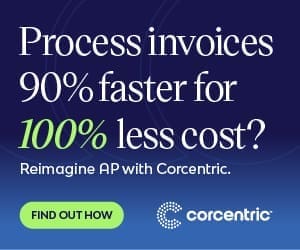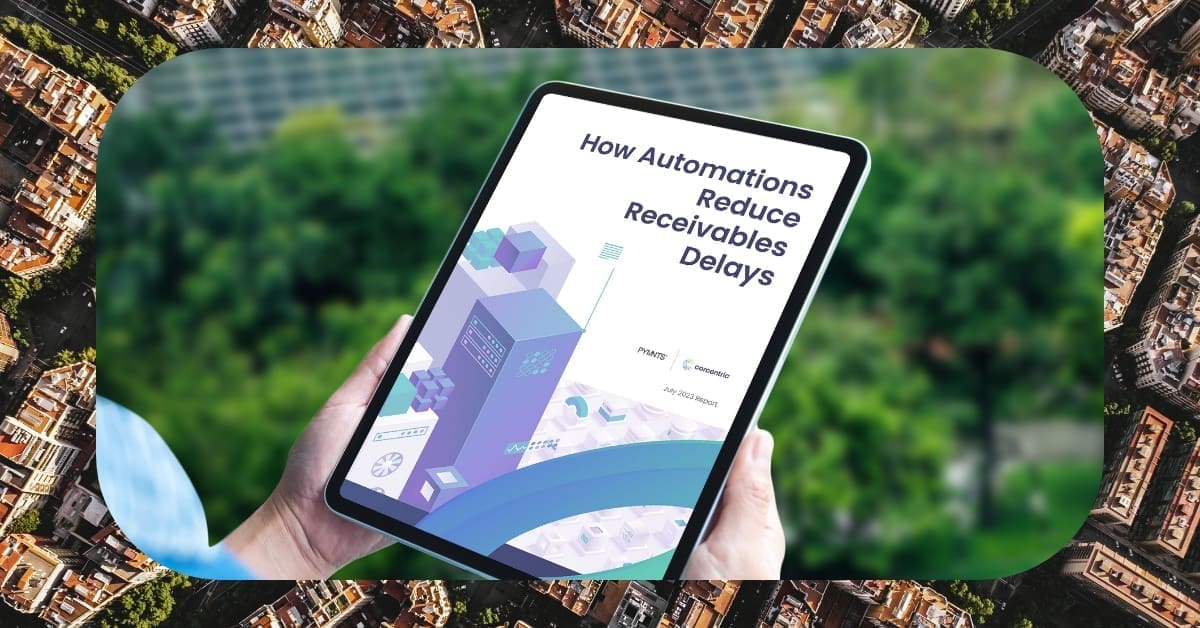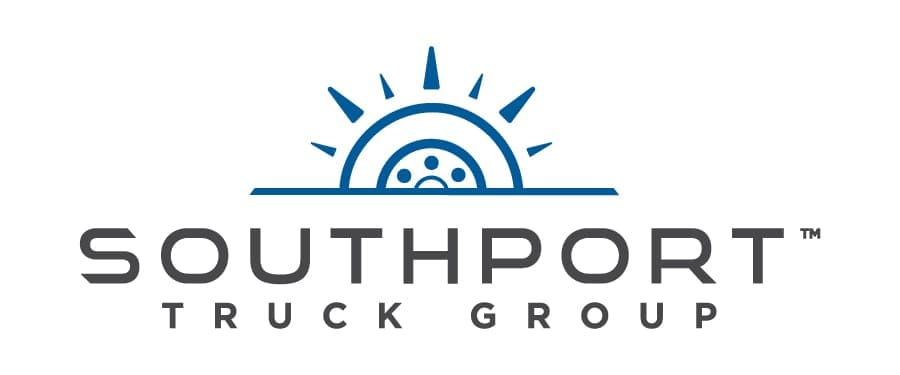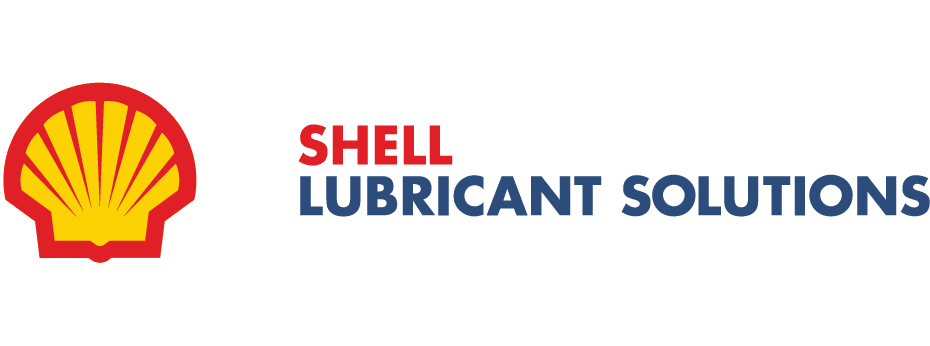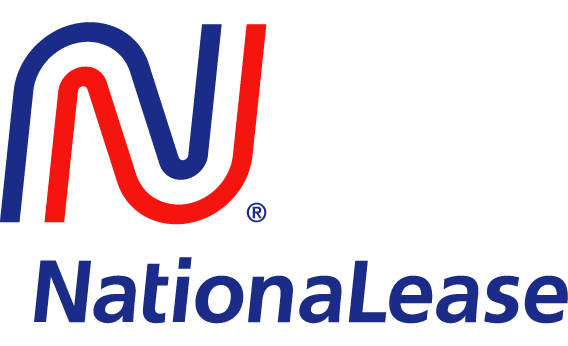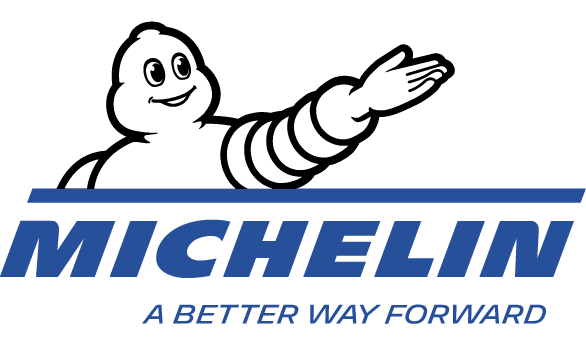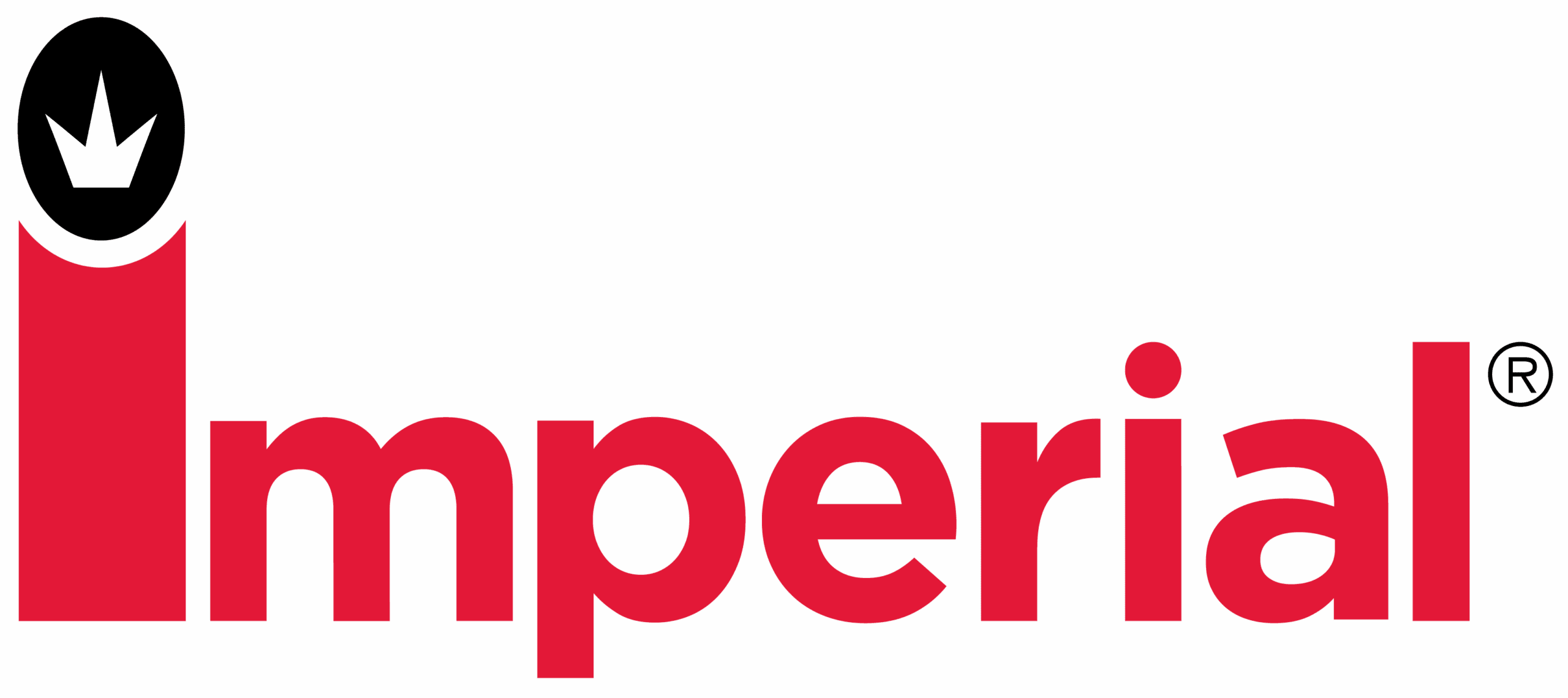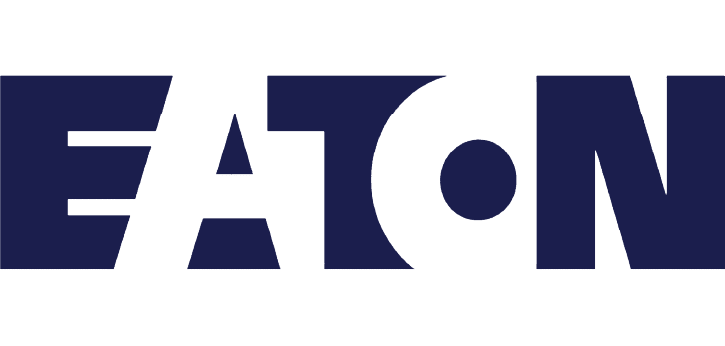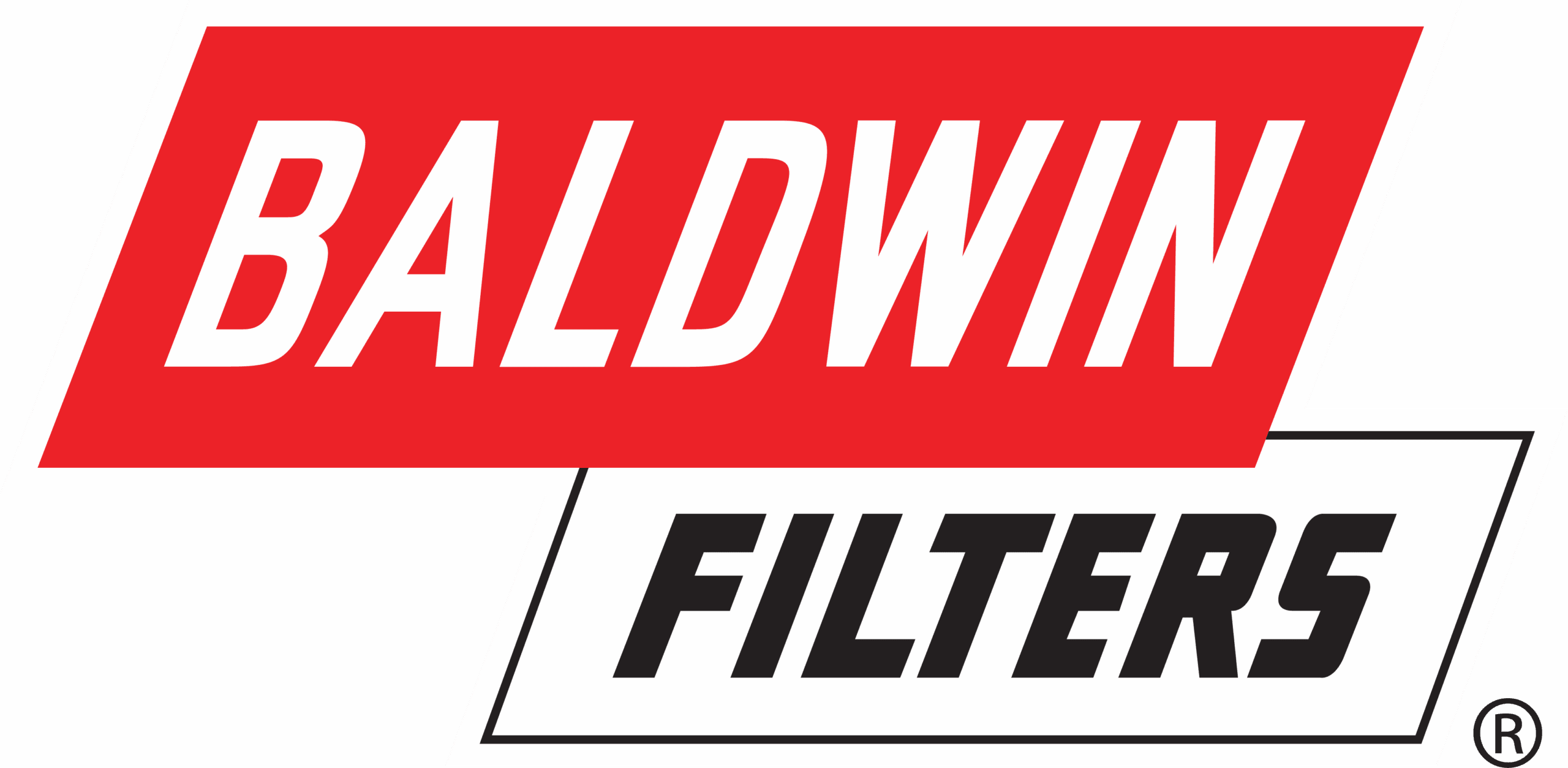Using Payments Solutions Effectively In Businesses: A Guide For Executives In The Financial Sector
Corcentric

BUSINESS MAIL INVOICES
The digital transformation of commerce has given rise to number of innovative payment technologies, each of which has the potential to revolutionize the way businesses of all sizes receive and process payments. However, not all payment solutions are created equal and, for C-level executives in the financial sector, it can be challenging to evaluate the various options on the market and to determine which one best meets their organizations needs.
This comprehensive guide is designed to equip executives with the knowledge and understanding necessary to identify and successfully implement payments solution that drives efficiency and growth while ensuring security. It provides an overview of the key considerations to bear in mind when selecting payments solution, outlines the steps required to implement payment platform, and explains how to ensure the system is executing optimally.
Finding the Right Payments Solution
When it comes to payments solutions, there is no one-size-fits-all option. Different businesses have different needs and, as such, it is essential to do due diligence to determine which solution is most suitable.
Before evaluating potential suppliers, decision-makers should gain an understanding of the common elements of payments solution such as platform integration, data security, scalability and support as well as their organizations requirements and what type of options are available. This could involve looking at the features the business needs, such as fraud detection, payment gateway capabilities or currency conversion rates, as well as considering factors like the cost of implementation and service fees, processing time and customer support levels. Once this is established, it will be easier to make an informed decision on which payment system offers the best value for money.
Implementing the System
Transitioning to payments solution involves more than simply signing contract and setting up an account. Executives must ensure that the chosen platform is properly integrated into existing systems and data is securely transferred (this could involve the creation of data transfer protocol), configure the proper payment settings, and carefully test the platform to ensure it performs as expected.
Furthermore, to ensure the solution runs optimally, organizations should establish onboarding process that facilitates the transition of customers from old processes and platforms to the new payments system. The onboarding process should include both professional training program and comprehensive user guide.
Maintaining the System
Maintaining the payments solution is vital to ensure customers can use the platform with minimal disruption. To do this, organizations should regularly check the system for possible errors, carry out performance reviews, and proactively look for new features or upgrades that could improve the payment experience or add value to the platform.
Conclusion
Executives have key role to play in selecting and successfully implementing payments solution that facilitates faster, more secure, and more cost effective payment processing. By considering factors like platform integration, scalability, security and cost, and taking pragmatic approach to implementation and maintenance, organizations can create tailored system that will drive greater efficiency, simplify financial reconciliation and propel their business forward.
